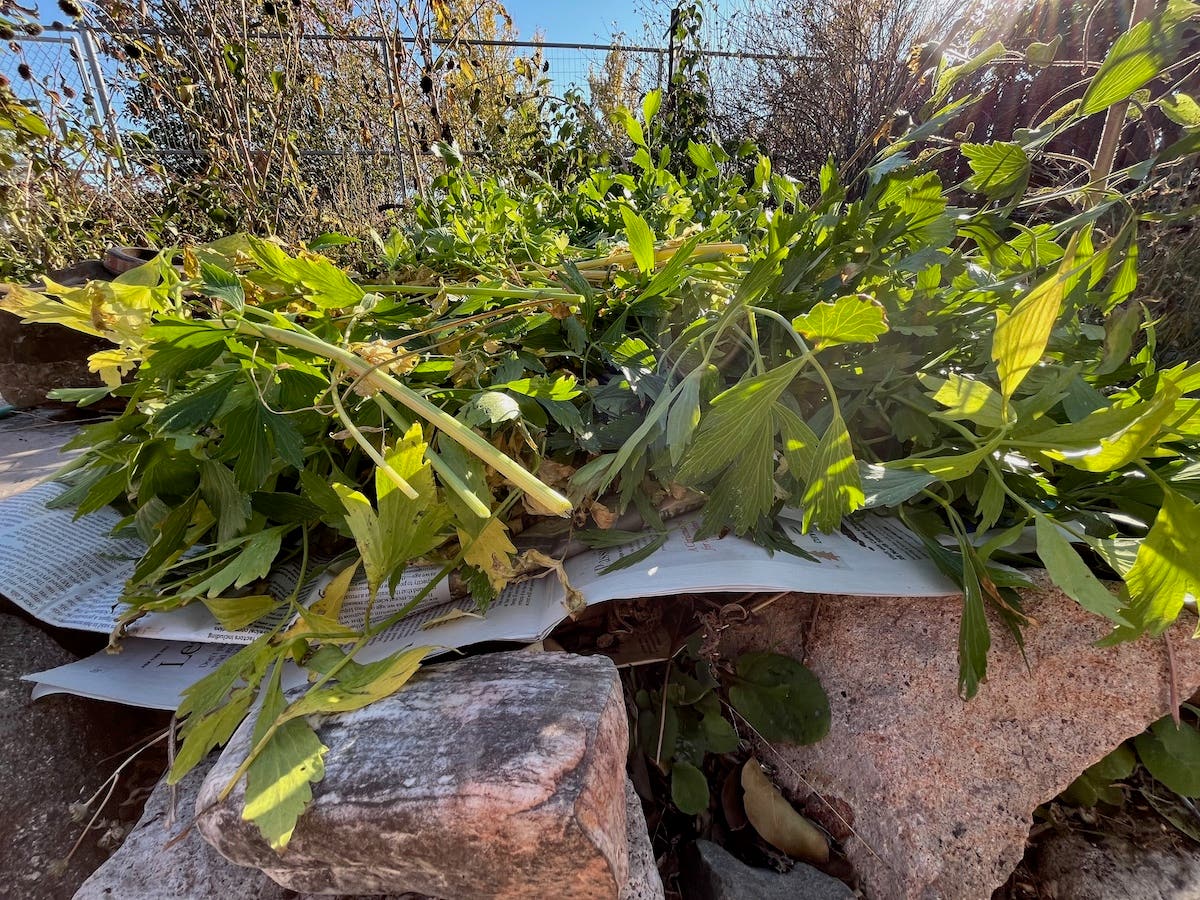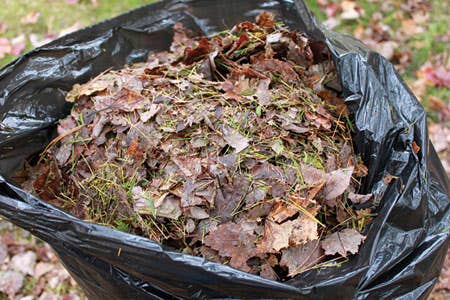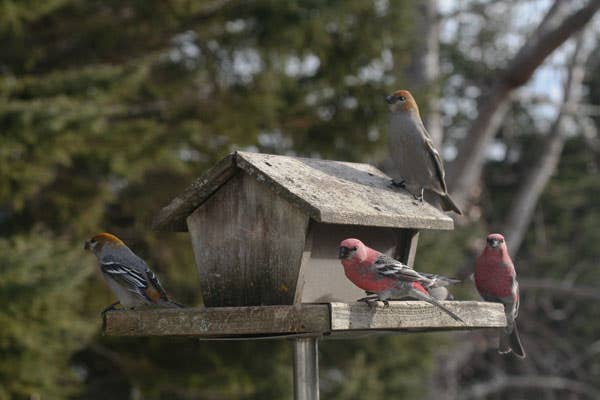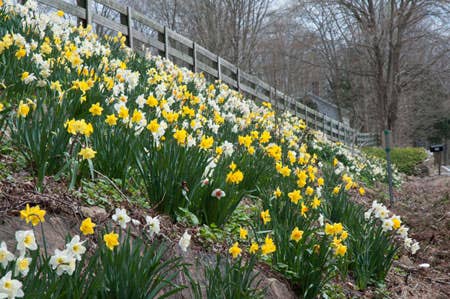Northeast: Summer Munchers
Here’s how summer comes to the Northeast: “Leaf subsides to leaf,” and with the lush greenery of early summer come the garden predators . . .
ROBERT FROST LAMENTED THE BREVITY OF SPRING, in a poem that has always struck a responsive chord in my heart. It begins: "Nature's first green is gold, / Her hardest hue to hold." How right he was about the fresh, fragile yellow green of May! "Then leaf subsides to leaf." He must have been talking about June. That's how summer comes to the Northeast. Leaf subsides to leaf, and with the lush greenery of early summer come the garden predators.
Among the first to arrive are the woodchucks, cumbersome rodents whose ability to damage plants is rivaled only by deer. It is small consolation that, unlike deer, "chucks" are tidy eaters, crisply slicing off stems and leaves instead of mangling them. While deer browse, snatching a little of this and a little of that, chucks methodically work their way through entire clumps of salvia and phlox.
Excluding these creatures from the garden is not easy. They may not be able to jump like deer, but they can climb. Therefore, a fence needs a strand of electrified wire about four inches from the top. They can also burrow, which means sinking the fence a few inches into the ground. For nearly 14 years, our first Jack Russell terrier made such precautions unnecessary. Protective of her property, Abby was an effective, entertaining antiwoodchuck device. And now we have Chloe, an even more property-proud Jack Russell. But the summer we were between Jack Russells, I caught no fewer than 14 woodchucks using a Havahart trap.
Here are a few trapping tips: select a trap that only opens at one end, and bait it with two or three apples. Set the trap at dawn, and disarm it overnight to avoid catching a skunk. Woodchucks are most active early in the morning and at dusk, but being stolid, fearless animals, they also venture out during the day. In a suburban setting, releasing captives may be a problem. I took ours to a boat-launching site a couple of miles away.
Would that deer were as easy to remove from the garden! For years, we tried everything from mounting disco lights to hanging soap in the shrubs to spreading Milorganite, a sludge-based fertilizer. In April 1987, I wrote about our deer wars and the fence that finally brought us peace.
The most effective type of fencing employs electrified wire. Ours is a professionally installed Gallagher SpringTight Power Fence. Seven strands of high-tensile wire held taut by springs create a three-dimensional barrier. The wires, spaced about a foot apart, are held in place by wooden battens that slant up from the ground and outward toward the enemy. If a tree limb falls on the wires, they give without breaking. When the limb is removed, the springs tighten the wires again.
The Bartlett Arboretum in Connecticut has used rigid, black, plastic mesh strung from tree to tree or metal posts. My neighbors installed their own electric fence using seven strands of wire on the garden side and a parallel fence of three strands of wire on the deer side. The electric fence and the plastic mesh both work.
Unfortunately, deer and woodchucks are part of gardening. Briefiy in the early spring, I am tempted to think otherwise, but by the beginning of summer, reality sets in. This is also the message of the Frost poem. Here are the last three lines: "So Eden sank to grief, / So dawn goes down to day. / Nothing gold can stay."







